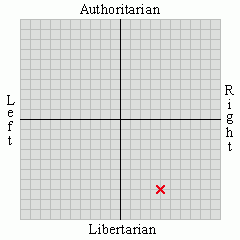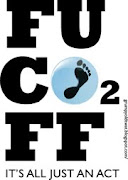Researchers in South Australia recently announced exciting new work confirming the Tamar wallaby has special bacteria in its digestive system which causes it to emit negligible levels of methane. Cattle and sheep on the other hand belch methane by the tonne, making them a significant source of greenhouse gas pollution. The researchers, and the press, have run away all excited because this opens up the possibility of introducing this bacteria into the stomachs of cattle and sheep and therefore hopefully reducing their methane output.Well, I've been doing my bit to help tackle warble gloaming, even though I think it's both probably natural and beyond our ability to tackle anyway. Still, if it's in a good cause I don't mind chucking another roo on the barbie. If you like venison you might like roo meat too, but if not then something vac-packed in a nice marinade might be more your thing. You can even have it in a curry as per this 'vindaroo' recipe. But best make the most of it because before too long someone will decide that in fact it's dreadfully bad for your health and eating it is equivalent to stabbing baby polar bears.
But hang on a second. Aren’t we missing an obvious point here? Before we start playing around with the guts of animals and causing goodness knows what unforseen consequences, shouldn’t we be asking, ‘Why don’t we promote the consumption of more kangaroo meat to reduce our carbon foot print?’.
[...]
It’s not because of sustainability concerns. The kangaroo industry has been harvesting kangaroos on a large commercial scale for more than 40 years. State and federal governments have extremely complex and rigorous systems in place to ensure the harvest is sustainable. During the recent drought the kangaroo population fell to only historically average levels, in spite of an ongoing commercial harvest.
It’s not because of animal welfare concerns. Kangaroos are harvested under a code of practice enforced by extensive government monitoring. Unlike cattle, they are not shipped all over the place and killed by untrained people in abattoirs. Kangaroo Harvesters have to undergo TAFE training and accreditation by government officers in welfare regulations before they can get a licence.
It’s not because the meat isn’t good for you. Kangaroo meat is at most only 2% fat. Plus it’s full of a compound called conjugated linoleic acid, which actively reduces blood pressure. And it really does taste pretty good.
What's that, Skip? You want to be turned over? Okay, let me just get the tongs.


















